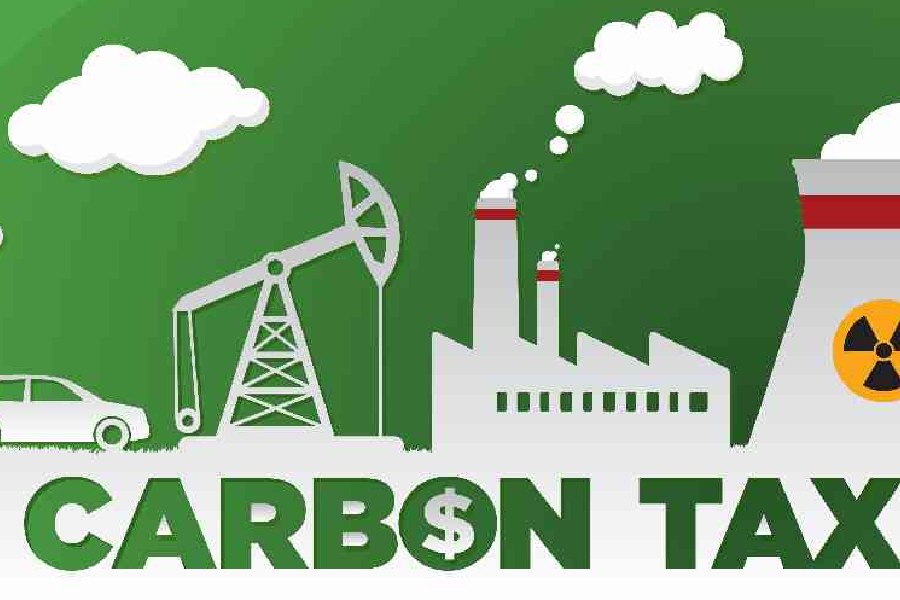Indian companies from seven sectors such as steel, cement, and hydrocarbons, which export to the European Union will have to start reporting their carbon emissions to comply with the provisions of EU's carbon tax regime.
The compliance with the European Union's (EU) carbon border adjustment mechanism (CBAM) is in two parts - a requirement of filing data from October and later imposition of the tax from 2026.
CBAM would translate into a 20-35 per cent tax on select imports into the EU starting January 1, 2026.
Think tank Global Trade Research Initiative (GTRI) said the emission data is to be reported quarterly and the deadline for submission for the first quarter (October-December 2023) by the EU-based importer (called declarant) is January 31, 2024.
Indian firms must share emission data in the format prescribed by the EU with the declarant much before this date, it said.
The EU has proposed strict penalties for non-submission or incomplete data, which may pose challenges for many medium and small-sized firms.
The government is holding consultations with the domestic industry to see their preparedness for complying with this regime.
“CBAM will impact India's USD 8.2 billion exports of iron ore pellets, iron, steel, and aluminium products to the EU exported by over a thousand large, medium and small firms. India's 27 per cent export of these products goes to the EU,” GTRI Co-Founder Ajay Srivastava said.
The transition phase of CBAM starts on October 1, 2023, and runs until December 31, 2025.
During this time, Indian firms must provide extensive production and emission data for products sent to the EU. The tax phase begins on January 1, 2026, with more items being added, and by 2034, all items will be included in CBAM.
“Most Indian exporters are unprepared for CBAM. Many are hoping for a last-minute deal between the Indian government and the EU that allows them to continue business as usual. Only a few have undergone emission audits for their facilities,” he said.
Small firms often purchase steel or aluminum from larger firms and use them to create export products. These small firms will require emission data from the large firms.
“However, it appears that many large Indian firms are reluctant to share this emission data with smaller ones. This reluctance could lead the EU to calculate taxes based on default or maximum values. Additionally, the failure to submit data may result in penalties, which could be imposed starting now,” Srivastava added.
To deal with this tax, GTRI suggested that the government designate existing import, excise, and GST duties as carbon taxes for steel and aluminum.
“This can offset the tax liability in the EU. If done properly, it will reduce the final amount to be paid in the EU by the tax already paid in India,” GTRI said.
It also asked for using a calibrated retaliation mechanism (CRM) to respond to EU actions with precise calculations, as previously done with the US tariffs on Indian steel and aluminum.
In March 2018, when the US imposed import duties on steel and aluminium, India responded by increasing tariffs on 29 specific US products.
This retaliation involved precise calculations, ensuring that India collected equivalent revenue from US products as the US did from Indian steel and aluminium.
“The CRM offers several advantages, including rapid implementation. India can easily adjust product lists and tariff levels to mirror the actions of the EU or any other partner country precisely,” he said.
Except for the headline, this story has not been edited by The Telegraph Online staff and has been published from a syndicated feed.











